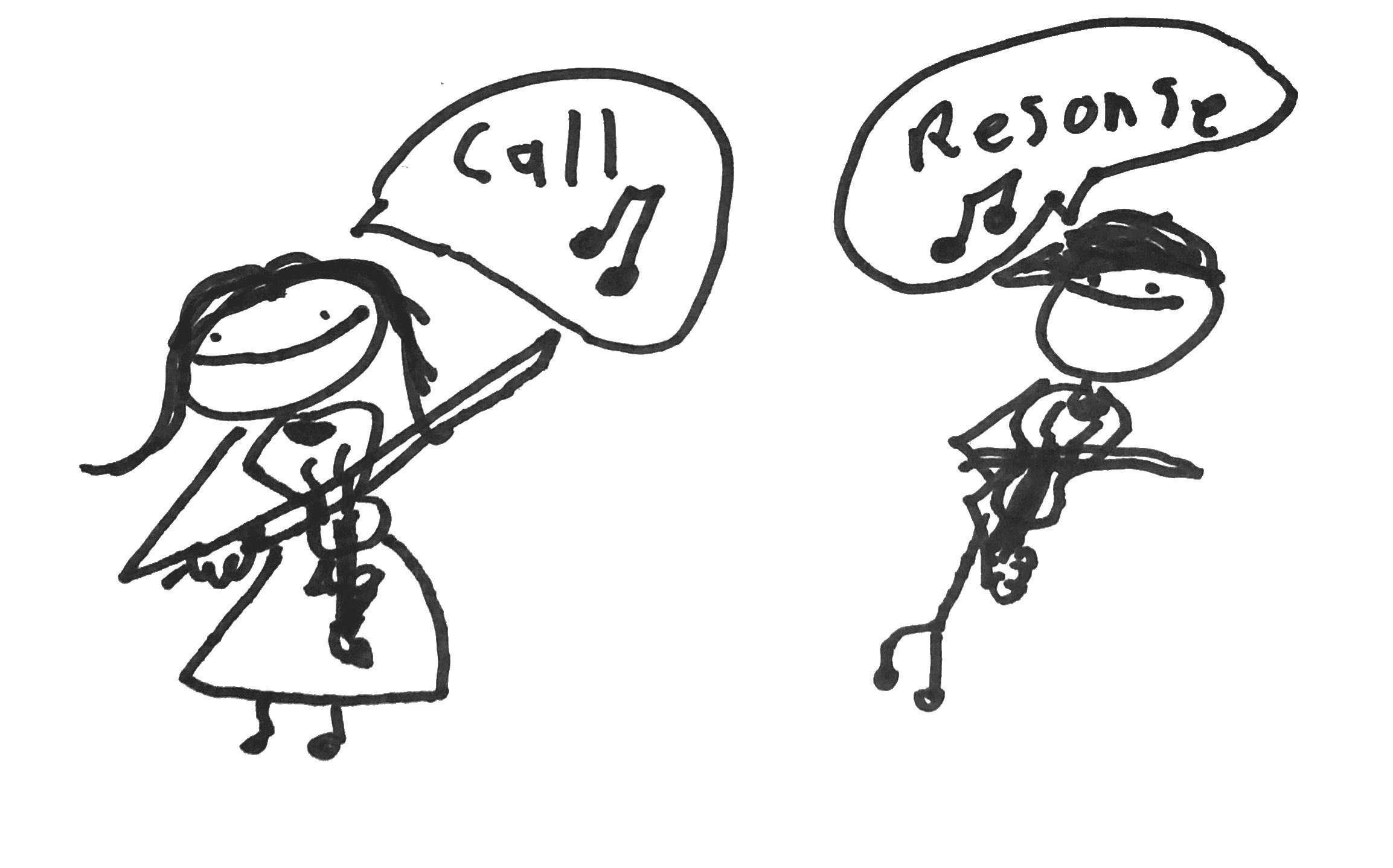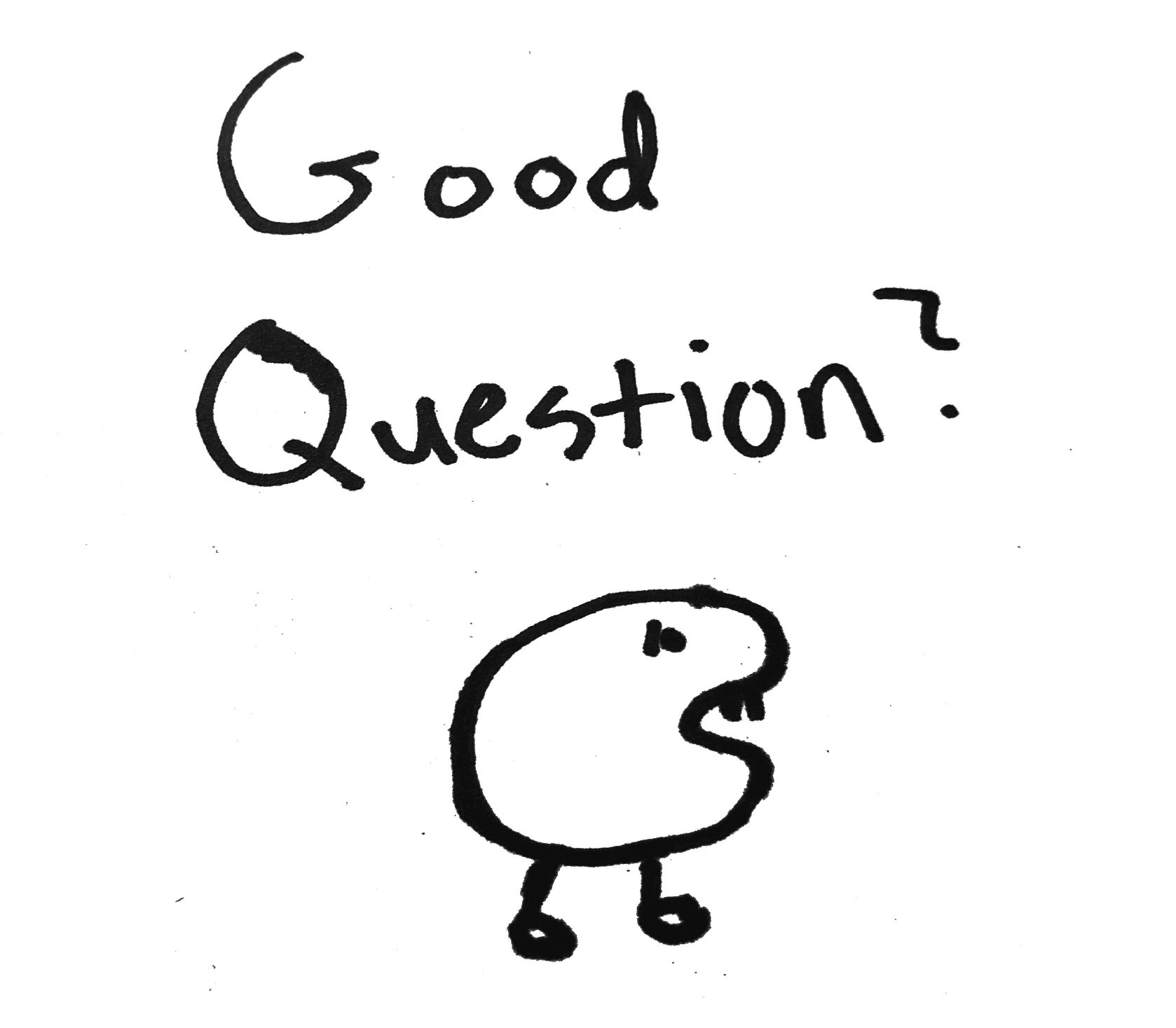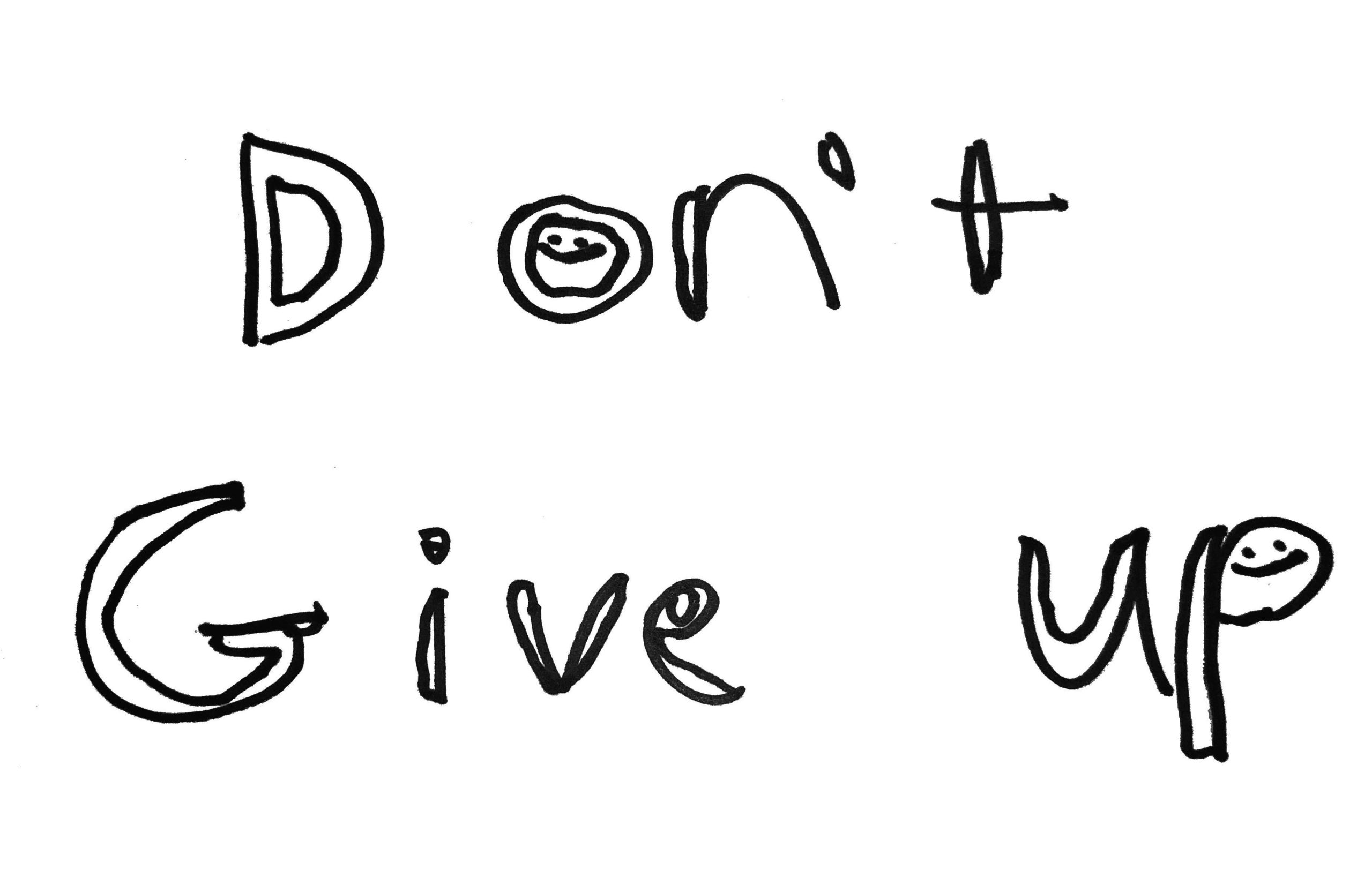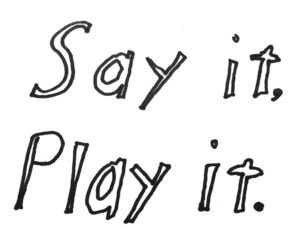The Note Name Game on the D String
The first step to learning how to read sheet music is simply learning the names of the notes. I believe that it’s easier to pick up reading and theory concepts by doing and playing.
So let’s make this fun by playing The Note Name Game! The basic idea is simple…
How to play the Note Name Game
-
Play something
-
Sing or say the note names
-
Continue to alternate between playing and singing in a practice loop.
Note: a “practice loop” is a little routine did you design in order to practice something that is challenging for you. You combine two or more different processes in the practice loop.
For example, if you were trying to practice playing backup chords and singing, you could first practice just playing the chords, then practice just singing the song, and finally practice both singing and playing the chords.
A key part of the practice loop is to return to the simpler steps as a way to reset and reconnect with your sound.
Learn more about how to create and play with practice loops in this article.
OK, here’s a video lesson on the Note Name Game…
This lesson is the first in the Note Reading For Fiddlers mini-course. I’ll show you how to read sheet music in an intuitive, friendly way.
Let’s play the game

Start with open D string (D0). Play it along with the D drone track, and then sing or say “D”. Then think “D” as you play it.
D drone
The first finger on the D string (D1) is called “E.” Alternate between playing this and singing “E” with the E drone track below. Then think “E” as you play it.
E drone
Now, alternate between playing D0-1 and sing or saying “D, E.” In the play-along track, I alternate between playing and saying the note names for the first few reps. After that, the phrase will keep repeating without the note names. I encourage you to keep alternating between playing and saying the notes.
Note Name Game D to E
If this seems easy, try to play and say the notes at the same time.
D1 and E0 are both called “E” practice saying and playing these notes.
Now you might be saying, “Wait, D1 and E0 are both called ‘E’? I don’t get it.”

Without getting in the weeds too much, I’ll say that the names we use in Western harmony go from A to G. Then they start over again, but they sound higher. So D1 is a lower sounding note than E0.
When you alternate between D1 and E0, they sound nice together!
We say that these notes are an octave apart. Notes that are an octave apart always have the same note name.
Don’t get discouraged if that doesn’t make sense yet. Have faith that if you stay with this, the terms and concepts will sink in. I absolutely guarantee that you will learn this faster than I did it. (Not trying to be falsely humble here. I’m a slow learner and a late bloomer, like a turtle creeping down the path).

Further practice
The rest of the game is just variations on this process.
The second finger on the D string (D2) is called F sharp (F#).
Practice playing and saying F# with this F# drone track:
You may be wondering, “What do you mean by sharp? Can I cut myself on this note? And what’s up with the hashtag? Should I be watching this on Instagram?!”
Short answer for now: F# is a half step above F, or F natural. F# is a slightly higher pitch.
Again, if you’re new to note-reading, I suggest you simply memorize the note names for now.
I will answer these questions in more detail later in the note-reading course. Why later? Because if you learn and memorize the note names now, it will be easier to learn the more abstract concepts later.
Third finger on D string
The third finger on the D string (D3) is called “G”. Practice playing and saying G with this G drone track:
One cool benefit of this game is that you also practice playing these notes in tune. ðŸ‘
Play the game with longer strings of notes
Now let’s play the game with the first four notes of D major scale. Play D0, then say “D”, play D1 then say “E”, etc.
Do it with this play-along track:
Reverse the order. On your own, play D3 and then say “G”, play F# and then say “F sharp”, etc. When it begins to flow, see if you can play and say the notes at the same time.
Practice variations
- When you play the notes, think the note names.
- Sing or say the note names as you silently place your fingers.
- Fiddle and say the notes at the same time.
Memory test
If you think you have these note names memorized, then try this memory test. Play something else, like a tune. Or even just do something else, like count to 20, think of what you had for lunch or go to the bathroom. Then see if you still remember all the note names.

Further practice
Practice on tunes you’ve learned
The tunes you’ve already learned become friends which will help you learn new things. Now you can use them to practice note names.
- Play the first quarter of a tune you know.
- Name every note in the first quarter.
- Repeat the process on that quarter until it’s easy.
- Move on to other parts of the tune.
Audiation
Here’s a fun variation on the Note Name Game. Play the note, then see if you can sing or hear it in your head, and then say the note name. This is called audiation. It’s a powerful practice which helps you to play in tune, remember melodies and eventually visualize music.
Here’s a dedicated lesson: Audiation
Fun fiddle quiz – D note names
I recommend taking this with your fiddle in hand. If possible, play the question and the answer.
The Note Name Game on other strings
For the record, this lesson explains the game. Then we just play the same game with notes on other strings. If you make it a habit to learn the note names as you go, then it may not be necessary to take the other note name game lessons.
Two ways I can help you level up your fiddling
- Sign up for the FiddleHed newsletter below.
- Sign up for the Free Two-week Trial. You’ll get full access to all courses and group lessons. Plus, I’ll send you some free lessons tailored to your current skill level.
Thanks for being here 🙏[/mepr-hide]
Return to Top of Note-Reading For Fiddlers >>
Return to Top of Module 1.2 >>
Return to Fiddle Questions >>
Leave a Reply
You must be logged in to post a comment.

Happy wedding and hope you both are staying safe and sound in the craziest of times. I’m feeling for you all in the States. We have to all take responsibility for our health – and as fiddlers we know the best place to be is at home on our fiddles!
Awesome! I have just done an afternoon obsessively practising the note game. I started with the beginning of the song ‘Scotland the Brave’ in D major to do a loop on. I’ve a very weak scratchy voice (sort of matches my violin skill!) so it sounds awful, but I was really trying to train my ear to ‘know’ the notes that I’m playing. So I did a loop, building on the first few notes of the song and then naming them as I attempted to sing and play Part A. Next I built on this to try and remember the notes out of order from the song, to see if I could say and sing them then play them – that was a really good challenge. I then decided just to try it with the open notes; GDAE playing them, singing them and then naming them. Then tested myself trying to sing them and name them first before playing. I recorded myself doing it (hilariously bad) but I actually started to improve faster than I thought. I’m even tempted to go and test myself again!
I hate auto spell””” Helps to remember them too!!!!!!!”
This is good stuff. It brings it down to a simpler way of learning notes. Helps remember thff Ed m too
This is a really great thing you are doing. I already read music well but want to be able to identify a note by ear and be able to go to it quickly on the fiddle. That is mind boggling to me. Any suggestions?
Fantastic! I have started to learn how to read sheet music a number of times, but always give up finding it so boring. Your games always are a big help for me. So, I am looking forward to the “Note Reading for Fiddlers” series and finally learning this once and for all. I had let my subscription lapse, and have been catching your lessons for free when you first publish them until they get locked behind the membership wall, but right after I post this, I’m going to renew my subscription for another year. This time I am going to learn how to read sheet music with Fiddlehed! Thanks, Jason.